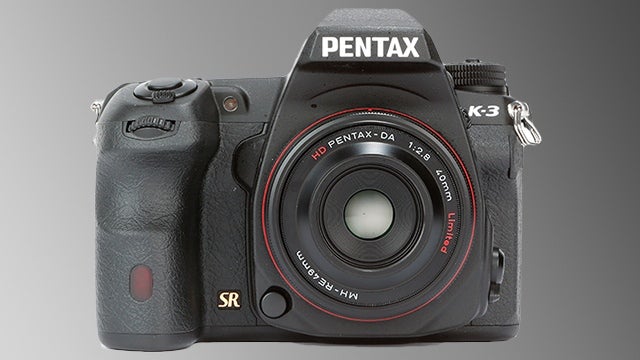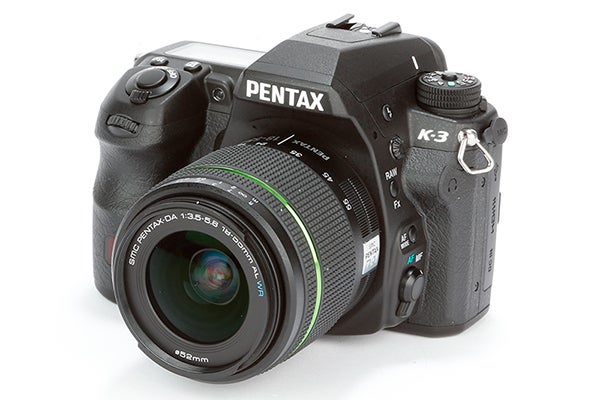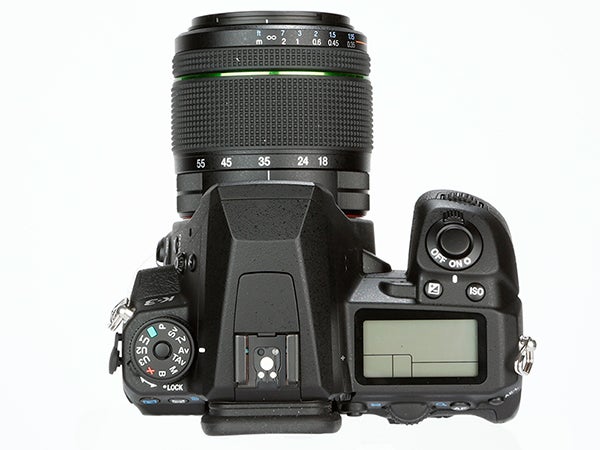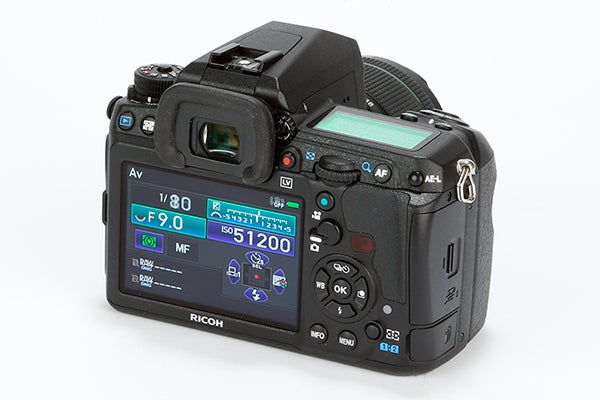Pentax K-3 Review
Pentax K-3
The K-3 more than punches its weight versus its Nikon and Canon rivals

Sections
- Page 1 Pentax K-3 Review
- Page 2 Design and Performance Review
- Page 3 Image Quality and Verdict Review
Verdict
Key Specifications
- 23.35MP APS-C CMOS sensor; 3.2-inch, 1037k-dot LCD screen; Pentax K Mount; ISO 100-52000; 1920 x 1080p HD video
What is the Pentax K-3?
The Pentax K-3 follows on from some impressive recent Pentax DSLRs that have applied some real pressure to the ‘big two’ traditional DSLR manufacturers. The K-3 marks a departure from previous generation models, sporting a new 23.2MP sensor that’s not only a bump in resolution, but also manufactured by Sony. On paper the K-3 is a DSLR which many Pentax users have been waiting for, but does it deliver on this promise? Let’s take a closer look to find out…
SEE ALSO: Best cameras 2013
Pentax K-3: Features
As well as the new sensor, the Pentax K-3 features an AF system that’s yet to feature on previous Pentax DSLRs. This new system offers 25 cross-type AF points, out of a total of 27. Although it’s not quite as comprehensive as some competing models – with recent Nikon DSLRs, for example, employing 51-point set-ups – the fact that 25 of the 27 points are of the more sensitive cross-type variety should ensure some impressive AF performance.
This is promising start, but one feature sadly missing from the Pentax K-3 is any kind of Wi-Fi functionality. Although Wi-Fi isn’t a ‘must-have’ feature for all photographers, it’s disappointing that it doesn’t feature as standard.
If you can’t do without Wi-fi functionality then all is not lost. Pentax has recently developed a new range of SDHC cards specifically to be used with the K-3, under the name of ‘Flucard’. These cards differ from the ubiquitous Eye-Fi cards by not only supporting the transfer of images, but also allowing for wireless control of exposure settings and focusing via a compatible Smart device.
SEE ALSO: 10 Best DSLRs you can buy

Back to the K-3’s new sensor – as mentioned the chip is a Sony developed APS-C CMOS sensor featuring a jump in resolution from the 16.2MP sensor used in recent Pentax DSLRs. Although the chip has a slightly lower resolution, it’s safe to assume that it’s the same sensor as used in both the Sony Alpha 77 and NEX-7.
An added bonus is that thanks to the implementation of an in-camera stabilisation system, the Pentax K-3 offers image stabilisation on all Pentax K mount lenses including older manual focus lenses.
In keeping with one of the major current trends in digital photography, the K-3’s sensor also does away with the anti-aliasing filter and as a result should deliver sharper images. One of the trade-offs of this development is that there could be issues with moiré patterning.
Pentax has developed an interesting system to counter the threat of moiré patterning when shooting a scene in which moiré patterning could be a major issue. With the K-3 you can switch on a setting in the camera that moves the sensor by around a pixel while shooting, creating just enough blur to eliminate that risk.

Completing the full specification is the K-3’s processing engine. The processor delivers an impressive continuous shooting speed of up to 8.5fps, as well as a substantial ISO range of 100-51200. Another welcome feature maintained from other Pentax DSLRs is the ability to store Raw files in both Pentax’s PEF format and Adobe-native DNG files.


